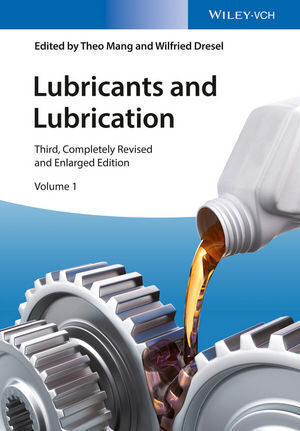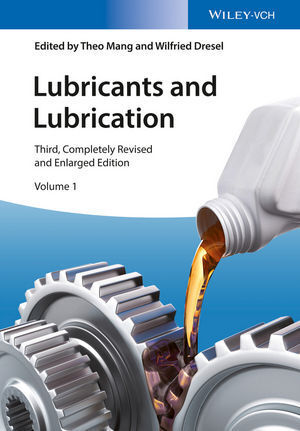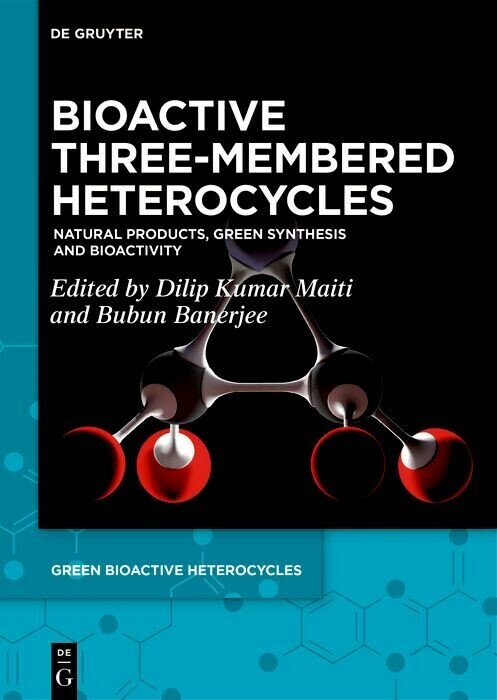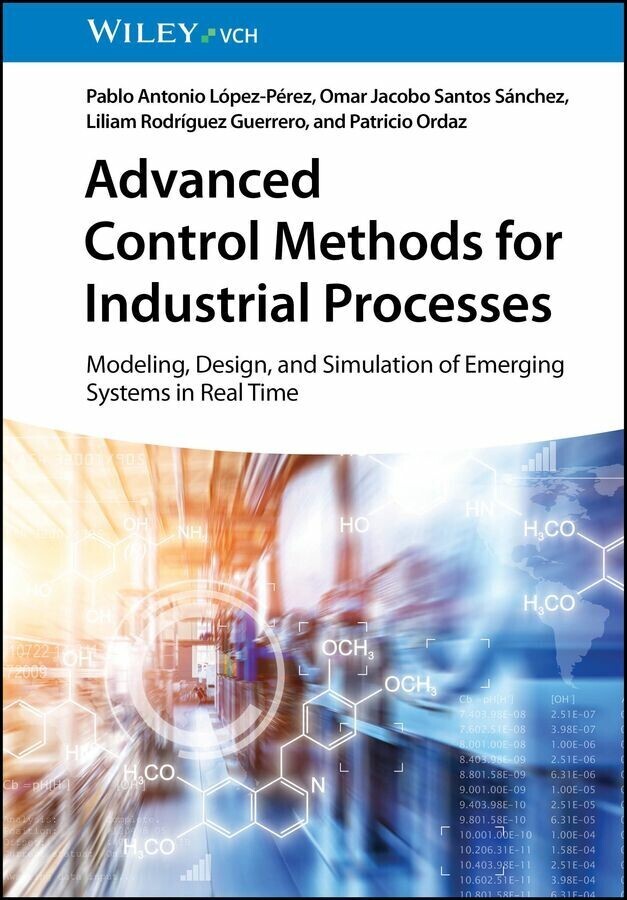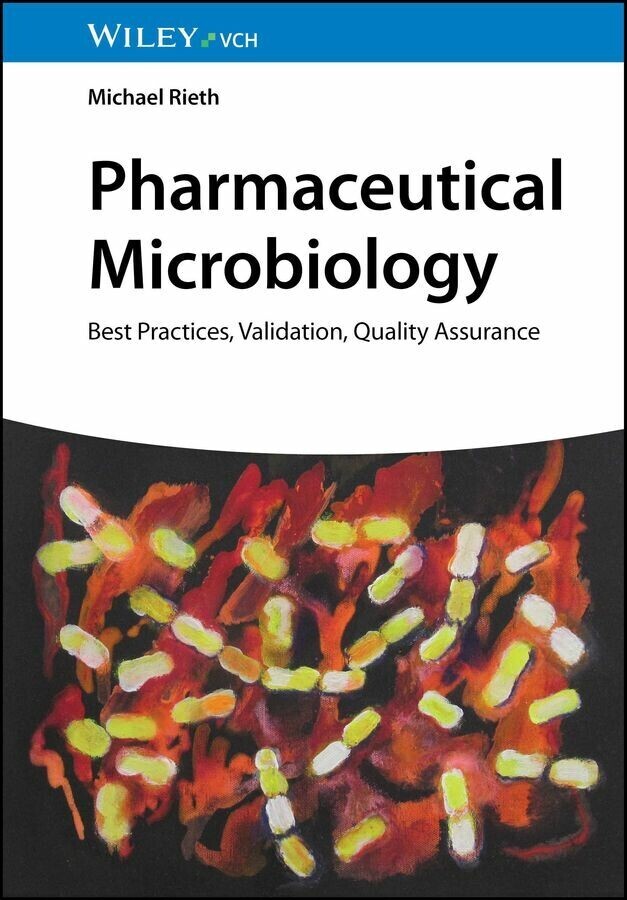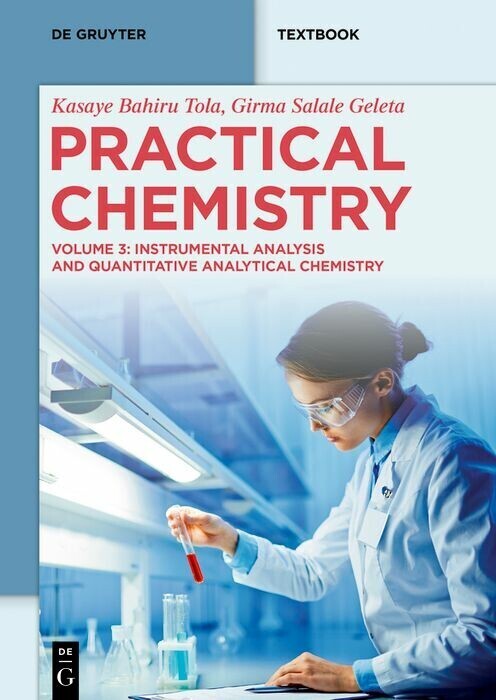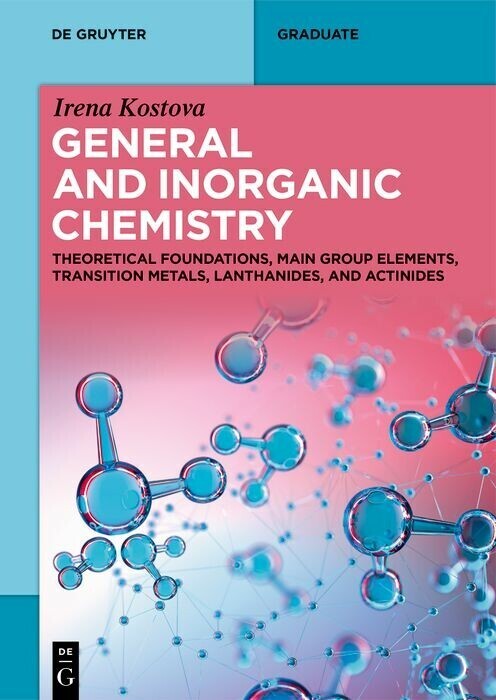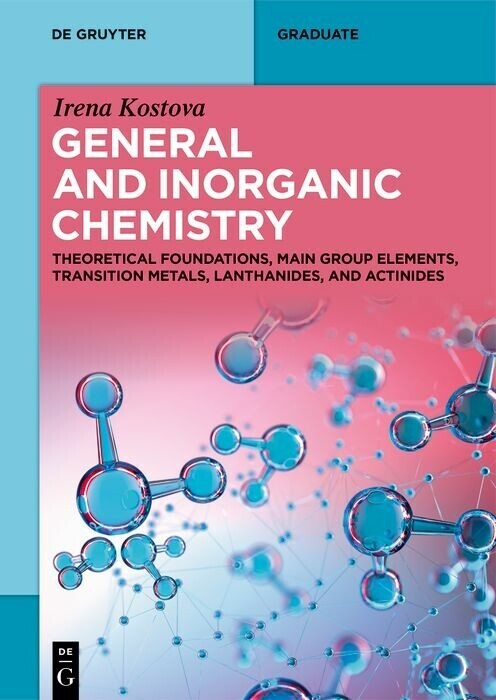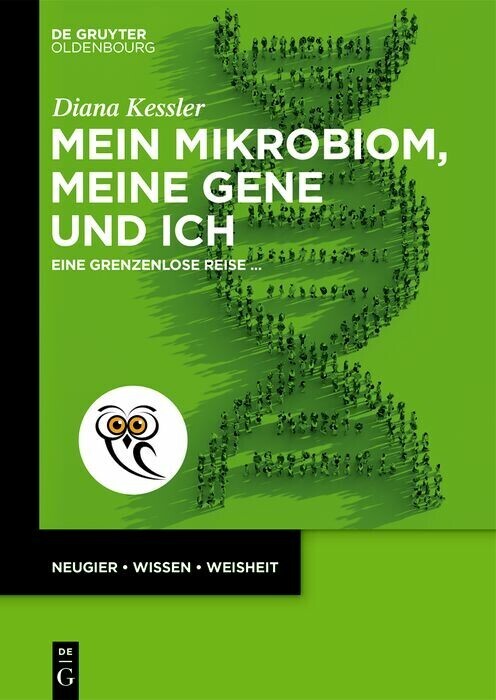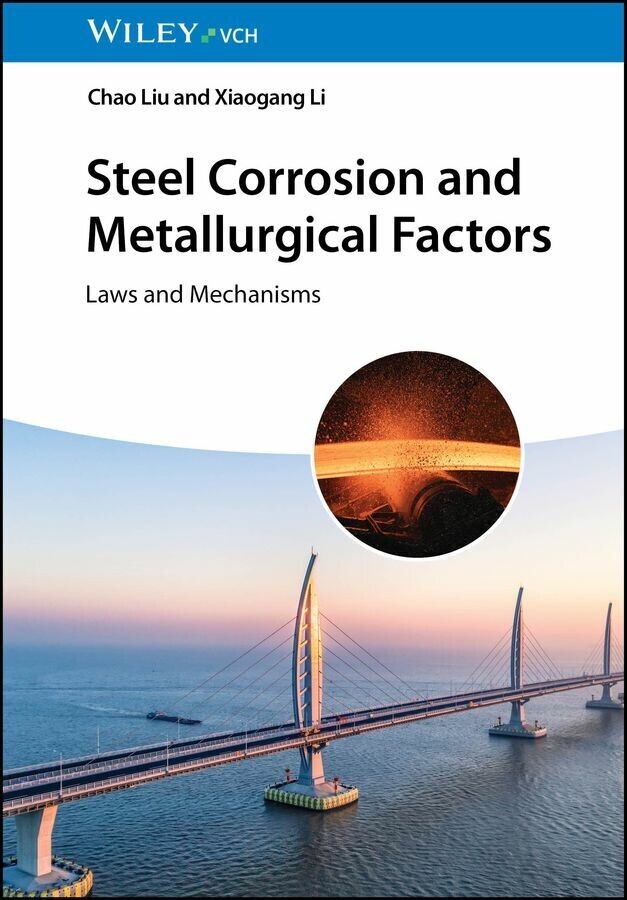Lubricants and Lubrication
Praise for the previous edition:
'Contains something for everyone involved in lubricant technology' - Chemistry & Industry
This completely revised third edition incorporates the latest data available and reflects the knowledge of one of the largest companies active in the business. The authors take into account the interdisciplinary character of the field, considering aspects of engineering, materials science, chemistry, health and safety. The result is a volume providing chemists and engineers with a clear interdisciplinary introduction and guide to all major lubricant applications, focusing not only on the various products but also on specific application engineering criteria.
- A classic reference work, completely revised and updated (approximately 35% new material) focusing on sustainability and the latest developments, technologies and processes of this multi billion dollar business
- Provides chemists and engineers with a clear interdisciplinary introduction and guide to all major lubricant applications, looking not only at the various products but also at specific application engineering criteria
- All chapters are updated in terms of environmental and operational safety. New guidelines, such as REACH, recycling alternatives and biodegradable base oils are introduced
- Discusses the integration of micro- and nano-tribology and lubrication systems
- Reflects the knowledge of Fuchs Petrolub SE, one of the largest companies active in the lubrication business
wileyonlinelibrary.com/ref/lubricants
Theo Mang recently retired from his long term position at Fuchs, Germany, and is still active in the field. He obtained his diploma for mining engineering and his PhD in chemical engineering from the University of Clausthal, Germany. In 1967 he joined Fuchs in Mannheim, Germany, becoming head of the technical department in 1980 and a member of the Executive Board of the global Fuchs Group from 1983 until 2001. Professor Mang is recipient of the Georg Vogelpohl Medal, highest award of the German Society of Tribology. Furthermore, he authored more than 80 scientific publications on the topic of lubrication. In 2013, he was honored with the Federal Cross of Merit by the German Federal President Joachim Gauck for the successful research and development, his cultural activities and generally for his lifework.
Wilfried Dresel is responsible for the development of lubricating greases at Fuchs, Germany. He received his diploma in chemistry 1972 at the University of Karlsruhe, Germany, and was awarded his doctorate 1976 in carbosilane chemistry. His industrial career began 1977 in the field of preparative organic and pharmaceutical chemistry. From 1979 to 1983 he worked for a small company on lubricants for fine mechanical instruments and then went on to join Fuchs. Professor Dresel has authored 35 scientific papers and a number of contributions to books.
1;Lubricants and Lubrication: Third, Completely Revised and Enlarged Edition;1 2;Contents;7 3;List of Contributors;39 4;A Word of Thanks;41 5;Preface to the 3rd Edition;43 6;Abbreviations;45 7;Chapter 1: Lubricants and Their Market;49 7.1;1.1 Introduction;49 7.2;1.2 Lubricants Demand;50 7.3;1.3 Lubricants Competitor Landscape;53 7.4;1.4 Lubricant Systems;55 7.5;References;57 8;Chapter 2: Lubricants in the Tribological System;59 8.1;2.1 Lubricants as Part of Tribological Research;59 8.2;2.2 The Tribological System;60 8.3;2.3 Friction;60 8.3.1;2.3.1 Types of Friction;61 8.3.1.1;2.3.1.1 Sliding Friction;61 8.3.1.2;2.3.1.2 Rolling Friction;62 8.3.1.3;2.3.1.3 Static Friction;64 8.3.1.4;2.3.1.4 Kinetic Friction;64 8.3.1.5;2.3.1.5 Stick-Slip;64 8.3.2;2.3.2 Friction and Lubrication Conditions;65 8.3.2.1;2.3.2.1 Solid Friction (Dry Friction);65 8.3.2.2;2.3.2.2 Boundary Friction;65 8.3.2.3;2.3.2.3 Fluid Friction;65 8.3.2.4;2.3.2.4 Mixed Friction;66 8.3.2.5;2.3.2.5 Solid Lubricant Friction;66 8.3.2.6;2.3.2.6 Stribeck Diagram;67 8.3.2.7;2.3.2.7 Hydrodynamic Lubrication;67 8.3.2.8;2.3.2.8 Elastohydrodynamic Lubrication (EHD Regime);68 8.3.2.9;2.3.2.9 Thermo-Elasto-Hydrodynamic Lubrication (TEHD);69 8.4;2.4 Wear;69 8.4.1;2.4.1 Wear Mechanisms;69 8.4.1.1;2.4.1.1 Abrasion;70 8.4.1.2;2.4.1.2 Adhesion;70 8.4.1.3;2.4.1.3 Tribochemical Reactions;71 8.4.1.4;2.4.1.4 Surface Fatigue;71 8.4.1.5;2.4.1.5 Erosion;72 8.4.1.6;2.4.1.6 Fretting;72 8.4.1.7;2.4.1.7 Cavitation;72 8.4.1.8;2.4.1.8 Corrosive Wear;72 8.4.2;2.4.2 Types of Wear;73 8.4.3;2.4.3 The Wear Process;73 8.4.4;2.4.4 Tribomutation;73 8.4.5;2.4.5 Nanotribology;75 8.4.6;2.4.6 Tribosystems of Tomorrow;77 8.5;References;77 9;Chapter 3: Rheology of Lubricants;79 9.1;3.1 Viscosity;79 9.2;3.2 Influence of Temperature on Viscosity (V-T Behaviour);81 9.2.1;3.2.1 Viscosity Index;82 9.3;3.3 Viscosity-Pressure Dependency;82 9.4;3.4 The Effect of Shear Rate on Viscosity;85 9.5;3.5 Special Rheological Effects;86 9.5.1;3.5.1 Greases;86 9.6;3.6 Viscosity Grades;87 9.6.1;3.6.1 ISO Viscosity Grades;87 9.6.2;3.6.2 Other Viscosity Grades;88 9.6.2.1;3.6.2.1 Engine Oils;88 9.6.2.2;3.6.2.2 Automotive Gear Oils;88 9.6.2.3;3.6.2.3 Industrial Gear Oils;88 9.6.2.4;3.6.2.4 Viscosity Grades for Base Oils;88 9.6.2.5;3.6.2.5 Comparison of Viscosity Grades;88 9.7;3.7 Viscosity Measurements;90 9.7.1;3.7.1 Measurement of Viscosity by Capillary Tubes;90 9.7.1.1;3.7.1.1 Newtonian Fluids;90 9.7.2;3.7.2 2 Non-Newtonian Fluids;91 9.7.2.1;3.7.2.1 Lubricating Greases Viscosity Measurements by the Standard Oil Development (SOD) Viscometer;92 9.7.3;3.7.3 High Shear Rate Capillary Viscometers;92 9.7.4;3.7.4 Rotational Viscometers;94 9.7.4.1;3.7.4.1 Coaxial Cylinder Viscometer;94 9.7.4.2;3.7.4.2 Cone/Plate Viscometer;94 9.8;3.8 Viscosity Measurements at High Pressure;95 9.9;References;97 10;Chapter 4: Base Oils;99 10.1;4.1 Base Oils: A Historical Review and Outlook;99 10.2;4.2 Chemical Characterization of Mineral Base Oils;100 10.2.1;4.2.1 Rough Chemical Characterization;100 10.2.1.1;4.2.1.1 Viscosity-Gravity Constant (VGC);100 10.2.1.2;4.2.1.2 Aniline Point;100 10.2.2;4.2.2 Carbon Distribution;101 10.2.3;4.2.3 Hydrocarbon Composition;101 10.2.4;4.2.4 Polycyclic Aromatics in Base Oils;101 10.2.4.1;4.2.4.1 Aromatics in White Mineral Oils;103 10.3;4.3 Refining;103 10.3.1;4.3.1 Distillation;104 10.3.2;4.3.2 De-Asphalting;105 10.3.3;4.3.3 Traditional Refining Processes;106 10.3.3.1;4.3.3.1 Acid Refining;106 10.3.3.2;4.3.3.2 Solvent Extraction;106 10.3.4;4.3.4 Solvent Dewaxing;108 10.3.5;4.3.5 Finishing;109 10.3.5.1;4.3.5.1 Lube Crudes;110 10.4;4.4 Base Oil Manufacturing by Hydrogenation and Hydrocracking;110 10.4.1;4.4.1 Manufacturing Naphthenic Base Oils by Hydrogenation;111 10.4.2;4.4.2 Production of White Oils;113 10.4.3;4.4.3 Lube Hydrocracking;114 10.4.4;4.4.4 Catalytic Dewaxing;115 10.4.5;4.4.5 Wax Isomerization;118 10.4.6;4.4.6 Hybrid Lube Oil Processing;118 10.4.7;4.4.7 All-Hydrogen Route;119 10.4.8;4.4.8 Gas-to-Liquids Conversion T
| ISBN | 9783527645589 |
|---|---|
| Artikelnummer | 9783527645589 |
| Medientyp | E-Book - PDF |
| Auflage | 3. Aufl. |
| Copyrightjahr | 2017 |
| Verlag | Wiley-VCH |
| Umfang | 1262 Seiten |
| Sprache | Englisch |
| Kopierschutz | Adobe DRM |

